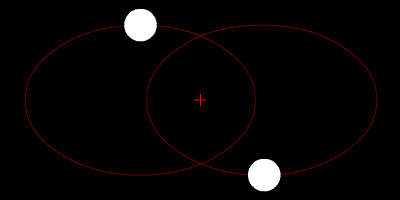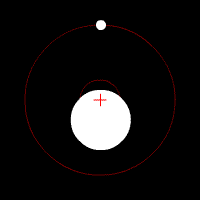I think the heaviest known star in a planetary orbit is a Glass G (the same star type/mass as Earth's Sun); though still technically a "dwarf" (as opposed to a "giant") from an astrometric point of view, it's a pretty big dwarf. Of course, to get a class G planet, you need a very large primary star, so you're only going to find them around giant stars or black holes.
I think some of the procedurally-generated supergiant stars have regular giant stars in planetary orbits; these are bigger than Earth's sun, but not necessarily heavier.
Numerous of them, I believe.
@Orvidius can probably give you more up-to-date stats on the total count. I'm pretty sure I've found a couple, though haven't taken pics since it's not really all that pic-worthy (and it's a little hard to get all eight family members in the same screenshot). If you google "Elite Dangerous ABCDEFGH", you will find people talking about finding planets that orbit all eight stars in eight-star sytems. The NGC 6067 Sector ZU-Y d31 system, for example, has eight full-blown stars, plus a ninth star that orbits the lot of them in a planetary orbit, with a single landable moon of that ninth star.
EDSM entry. Or the Priemoe KA-G c11-11 system, with eight stars, one gas giant orbiting a triple-star set, and a single planet out orbiting the whole lot.
EDSM entry.
There might be a new record-holder these days, but a few years ago, 4 Cygni was still the record-holder, at 24 stars; I'm not sure if the record has been broken by a proc-genned system yet; I seem to recall a forum thread with a new record in the 30s, but can't find the evidence.
EDSM entry for 4 Cygni. It's got three main stars: a blue-white supergiant, a regular B class star and a Herbig AeBe. The remaining 21 stars are all T Tauri protostars in planetary orbits, mostly around the Herbig and around the AB binary. Proc-genned Herbigs tend to have lots of planetary-orbiting protostars.




